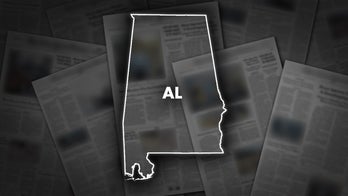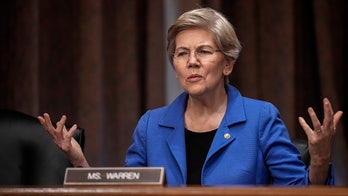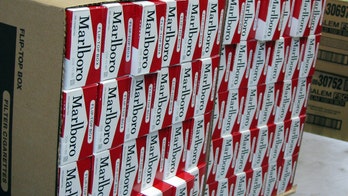Fox News Flash top headlines for March 19
Fox News Flash top headlines are here. Check out what's clicking on Foxnews.com.
Get all the latest news on coronavirus and more delivered daily to your inbox. Sign up here.
It was a cruel mirage.
The midday sun burned off the chill of the March morning. Foreboding, iron-grey clouds slinked away. A low sun finally pried its way through the sheath, teasing a powder-blue sky. The U.S. Capitol Dome spiked into the air. An American flag flapping in the east wind. The temperature struggled into the low sixties. It was a reminder that spring was just days away.
The panorama was nearly perfect.
But this wasn’t an honest tableau.
It was a deceitful scene, a trick. One that hid the misery and pain lurking at the microbial level. A cloak shrouding pending economic chaos and human catastrophe inflicted by the coronavirus.
This wasn’t any ordinary sun shining down on Capitol Hill on Tuesday.
This was a 9/11 sun.
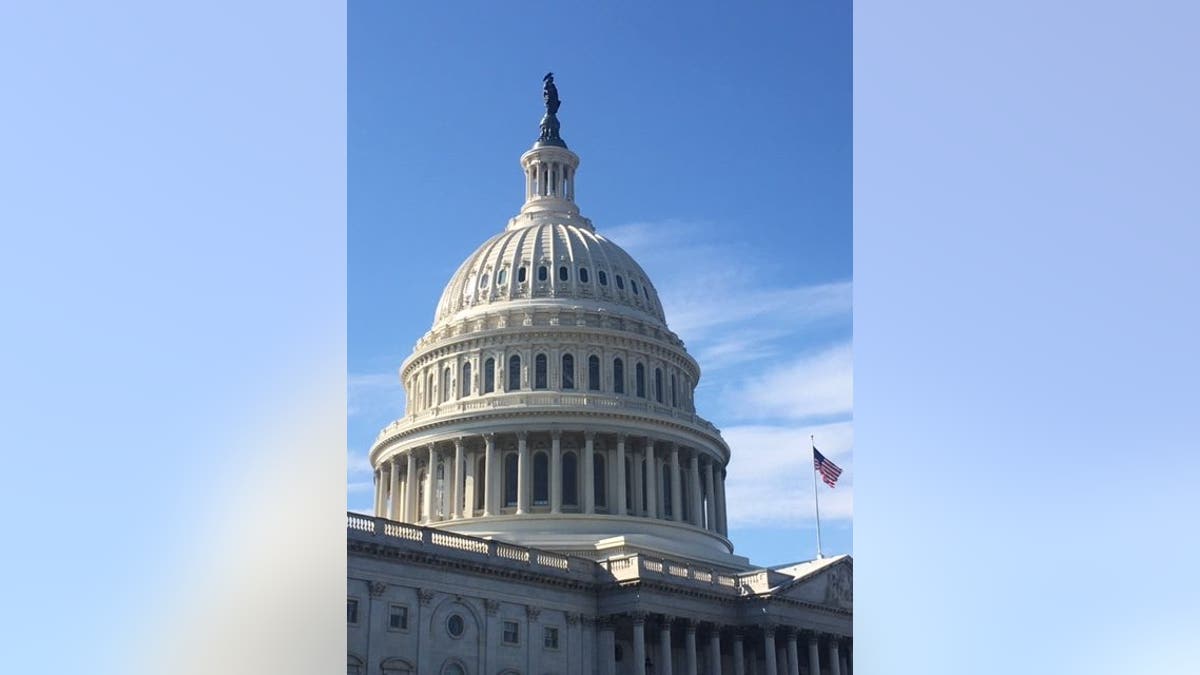
We’ve seen that sun before in Washington, D.C. In New York City. In Shanksville, Pa.
Sept. 11, 2001, was a radiant day in the eastern U.S. And as the World Trade Center Towers smoldered and the Pentagon belched a tower of soot, that same, brilliant sun mocked us. The firefighters who raced to douse the flames only to perish in an inferno. The military pilots who contemplated a suicide mission. They discussed ramming their jet fighters into the rogue commercial aircraft bound for Washington. The people who dashed from the Capitol, losing heels and strewing briefcases along the East Front, sprinting for their lives.
This sun was a fraud on Tuesday. An imposter, concealing perhaps weeks and months of social upheaval that could resonate for a generation.
Each day, the information grows more grim. The market tanks. The cases rise. Companies shred jobs. There are no sports. No bars. No theater. No concerts. It doesn’t take much of an imagination to envision a dystopian world resembling the album cover of practically every heavy metal band from the 1980s.
I saw the sun Tuesday because I wasn’t in the U.S. Capitol very much that day. Or Wednesday, for that matter. On a normal day when Congress is in session, I may be inside the Capitol complex for 10 to 12 hours at a time. During President Trump’s impeachment trial -- which I’m pretty sure happened around the time of the Moon Landing -- I may have arrived at the Capitol just as dawn broke. As the trial drifted deep into the night, I wouldn’t experience fresh air again until close to midnight after doing a live report or two once the session wrapped.
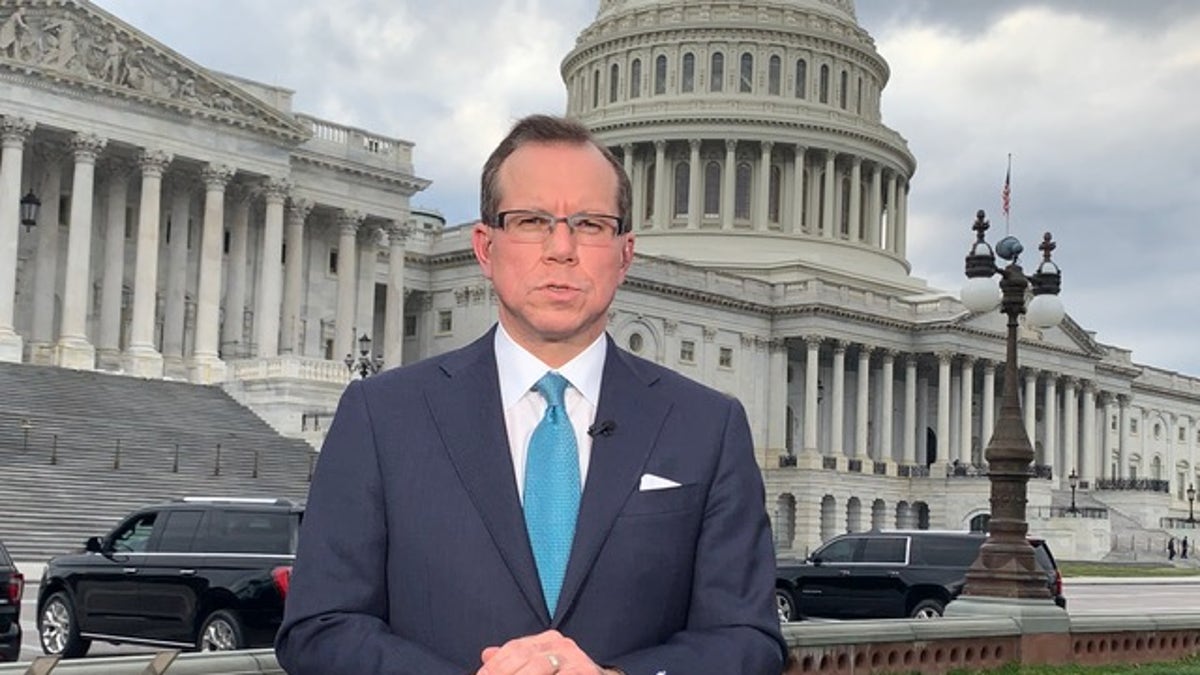
Chad Pergram reporting from Capitol Hill.
But now we have to engage in “social distancing.”
The U.S. Capitol complex is scarily vacant these days. The Rotunda is empty and hollow. It echoes like a mausoleum. Paintings of George Washington and Hernando De Soto stare at each other.
CLICK HERE FOR COMPLETE CORONAVIRUS COVERAGE
Here’s who’s at the U.S. Capitol each day:
U.S. Capitol Police officers. Custodial staff. Maintenance staff. Some of the “institutional” staff.
Most House and Senate aides have teleworked for a while now. As House Speaker Nancy Pelosi, D-Calif., negotiated the “phase 2” coronavirus package with Treasury Secretary Steve Mnuchin and Congressional Republicans last week, only a smattering of lawmakers was anywhere near the Capitol. They kept their distance. Most lawmakers only rolled in after midnight early Saturday to vote on the bill. The House roll call ended at 12:51 am.
PHOTOS: CORONAVIRUS SAFEGUARDS AND ACTIONS ACROSS THE US
But who waited outside Pelosi’s office all day and deep into the night? A cadre of journalists. The Capitol press corps numbers are a lot lower than usual right now. But the reporters vastly outnumber the aides and certainly senators who periodically wander by.
Mnuchin huddled with a group of Republican senators in the Mike Mansfield Room of the Capitol Monday night to discuss upcoming legislative steps. Sen. Mike Braun, R-Ind., exited the meeting in the Ohio Clock Corridor. Reporters were torn. They needed to talk to Braun to get a readout -- but also keep their distance. Reporters fanned out, hollering questions at Braun from several feet away. When someone asked the Indiana Republican to speak up, Braun instinctively stepped closer to the reporters. Someone gently admonished the senator not to come closer but just to talk a little louder.
Senate Republicans finally stopped squeezing together for their regular conclaves in the Mansfield Room of the Capitol or the even tinier Strom Thurmond Room. When Mnuchin, White House Economic Adviser Larry Kudlow and White House Legislative Director Eric Ueland met with Senate Republicans Tuesday, they convened in the much grander Kennedy Caucus Room in the Russell Senate Office Building. The room is best known for hosting Supreme Court confirmation hearings and investigations into the sinking of the Titanic. By Thursday, Republican senators began conducting their meetings in the even more commodious “Central Hearing Facility” in the Hart Senate Office Building. That room hosted confirmation hearings for Supreme Court Justices Neil Gorsuch and Brett Kavanaugh of late.
Senate Democrats have held their discussions via conference call.
PHOTOS: EMPTY PLACES ACROSS AMERICA
Few senators roamed anywhere near the chamber all week except when the Senate called a series of votes Wednesday afternoon on the “phase 2” coronavirus bill.
Senate Majority Leader Mitch McConnell, R-Ky., advised senators he would elongate roll call votes from the standard 15 minutes to 30 minutes (even though most usually take about 25).
“Senators should come in, vote and leave,” instructed McConnell, worried that senators would congregate for long chunks of time in the well of the chamber.
And so, this is what makes it hard as a reporter to cover Congress in the time of coronavirus.
The Capitol press corps usually stakes out lawmakers in the Senate subway stations, just off the floor, by committee rooms and in the Speaker’s Lobby. It may not be hygienic for a gaggle of reporters to cluster around a member -- or even chat one-on-one, walking through the tunnel to the Russell Senate Office Building.
Under normal circumstances, most TV reporters do their live reports from several different locations on Capitol Hill. One such spot is called the “Will Rogers” area near the House floor. That’s because it’s close to the Will Rogers Statue. A lot of other reports come from the rotundas in the Russell Building or the Cannon House Office Building.
But, since it’s spring, and the weather is improving, Fox News made an effort to do live reports from a location near the House steps, known as the Elm Tree. That’s a misnomer because the Elm Tree that used to stand there is long gone. But the spot presents a dynamic, television-friendly backdrop of the U.S. Capitol.
CORONAVIRUS CASES TOP 200,000, DEATH TOLL PASSES 8,000
That’s why I was outside Tuesday afternoon to watch the clouds split, opening the sky to a striking pre-spring day.
And there was the sun. Bright. Bold. And an artifice in contrast to the chaos unfolding around the globe.
However...
The sun rose the morning after 9/11. It also rose on the other 6,753 days between 9/12 and this past Tuesday.
The coronavirus scourge will subside at some point. And when the sun shines then, it will serve as a partner. Days of baseball games and strolls by the cherry blossoms near the Tidal Basin here in Washington.
CLICK HERE TO GET THE FOX NEWS APP
It’s the same sun as it always was. The same sun as on 9/11. The sun that shone over the Spanish Flu. The same sun that stared down on the Bubonic Plague in Europe. That sun may seem cruel now, beaming down on the U.S. Capitol. But it will be there when there are again wedding celebrations. Graduations. Births. Parties. Promotions. Electric first dates. And, those aforementioned ballgames.
That may not be the sun as we perceive it now. Pandemics come and go. But not the sun.
It will be there on the other side.





